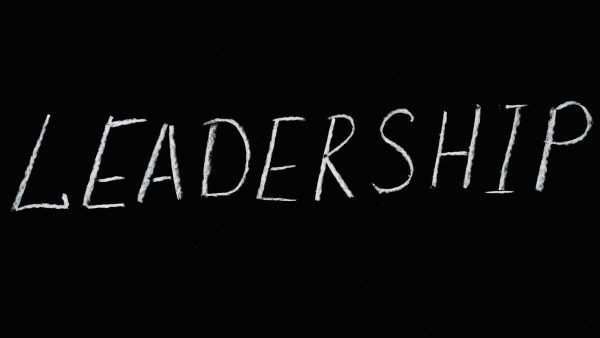The retrospective is a work meeting in which the team reflects on its work, identifies improvements and creates plans for the future. It is a practice for learning from mistakes, celebrating successes and adapting to change.
Digital transformation, which is complex in itself, involves changes in the technology, processes and culture of a team or organisation. To be successful, it is essential to know the current state, the challenges, the opportunities and to define a clear vision.
Below is a personal list of some of the benefits of initiating change with a retrospective.
- Understand the current state.
- Identify latent challenges and opportunities.
- Increase commitment and trust.
- Empower the change agent.
- Drive the use of new agile practices.
How has agile retrospective evolved?
Initially, retrospectives were used in the field of software development, focusing on analysing processes and tools used. However, with massification, it has expanded to various industries such as manufacturing and education, now covering aspects such as team operations, communication, collaboration and culture.
There are different approaches and formats for agile retrospectives, each one adapted to the needs and context of the team. Below are the three that I have been able to interact with:
- Sprint retrospective: This is carried out at the end of each sprint (period of time) to reflect on the results obtained.
- Post-mortem for launch: These are carried out at the end of a launch, a demo, a trial run or a drill to analyse the process and the results obtained.
- Post-mortem for a project: At the end of a project it is necessary to reflect on the work carried out, on the risks faced and to extract and document lessons learned.
The wound: the problem or challenge
Imagine that your team or organisation is experiencing a problem/challenge or a situation that needs to change. This is like a wound that may or may not be visible, uncomfortable, painful or limiting.
Alcohol: the retrospective
Just like applying alcohol to the wound, the retrospective can be painful and uncomfortable at first, but it has a healing purpose.
- It disinfects: Retrospectives help to ‘disinfect’ the situation, that is, they identify the root cause of the problem and what or who contributed to it.
- It cleans: It allows us to ‘clean’ the wound of preconceived ideas, erroneous assumptions, incomplete information or confirmation biases that may be obstructing the solution.
- It heals: By better understanding the problem and its cause, hindsight facilitates ‘healing’, that is, designing effective solutions, implementing changes and learning for the future.
- First aid: After the ‘alcohol’ you could evaluate whether or not to go to the clinic, the clinic would be the fact of using the other agile practices (Refinement, planning, review, among others)
Pain: resistance to change
Resistance to change is normal, especially when it comes to recognising mistakes and identifying opportunities for improvement. This ‘pain’ is similar to the burning sensation felt when applying alcohol to a wound. However, it is necessary to start the healing process.
What does neuroscience tell us?
Retrospectives, as spaces for collaboration and dialogue, activate areas of the brain associated with trust, empathy and collaboration. This facilitates open and honest communication, crucial for any process of change (social brain).
The experience of learning and reflection stimulates neuroplasticity. This means that the team can cultivate new skills, points of view and ways of working.
Safe spaces to express fears and concerns help reduce stress. This is important because chronic stress can hinder learning and decision-making, which are key elements for successful change.
Conclusion
I believe that initiating change with a retrospective is not only good practice, but a strategy backed by science. By understanding how the brain responds to change and how people influence each other, we can design more effective and humane change/improvement processes.
If you want your company to be agile and competitive, make sure your team is conducting regular retrospectives.











